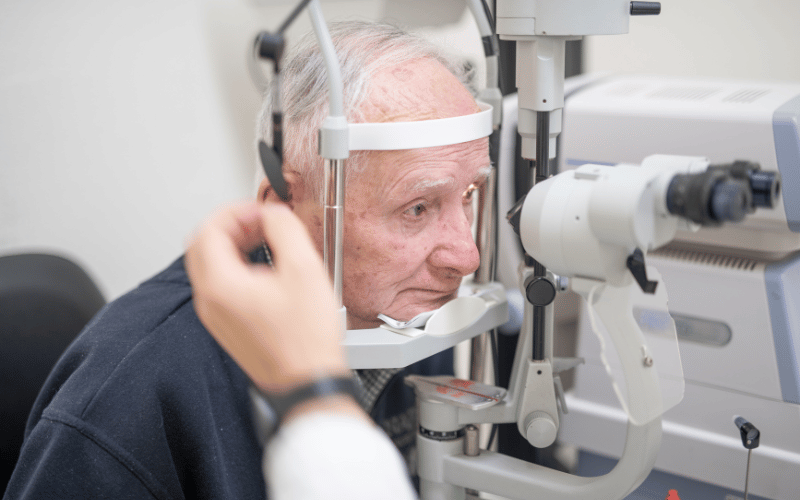10. Retinal Pigment Changes: The Eyes Have It

Last, but by no means least, Gardner’s Syndrome can leave its mark on the eyes. Changes in the retinal pigment, while subtle, can act as crucial diagnostic breadcrumbs.
The retina, the light-sensitive layer at the back of the eye, is crucial for vision. In individuals with Gardner’s Syndrome, genetic quirks can lead to pigmentary changes. These can manifest as dark or light spots scattered across the retina, often detected during routine eye exams.
In many instances, these retinal pigment changes are benign and don’t impact vision. However, in some cases, they might be indicative of more extensive retinal issues or associated conditions. Regular eye exams can ensure that any associated retinal problems, however unlikely, are caught early on.
Given their generally benign nature, retinal pigment changes in Gardner’s Syndrome often require no direct treatment. However, routine ophthalmological evaluations are essential. They not only track these pigmentary changes but also keep a tab on the overall eye health, ensuring any related or unrelated issues are promptly addressed. (10)